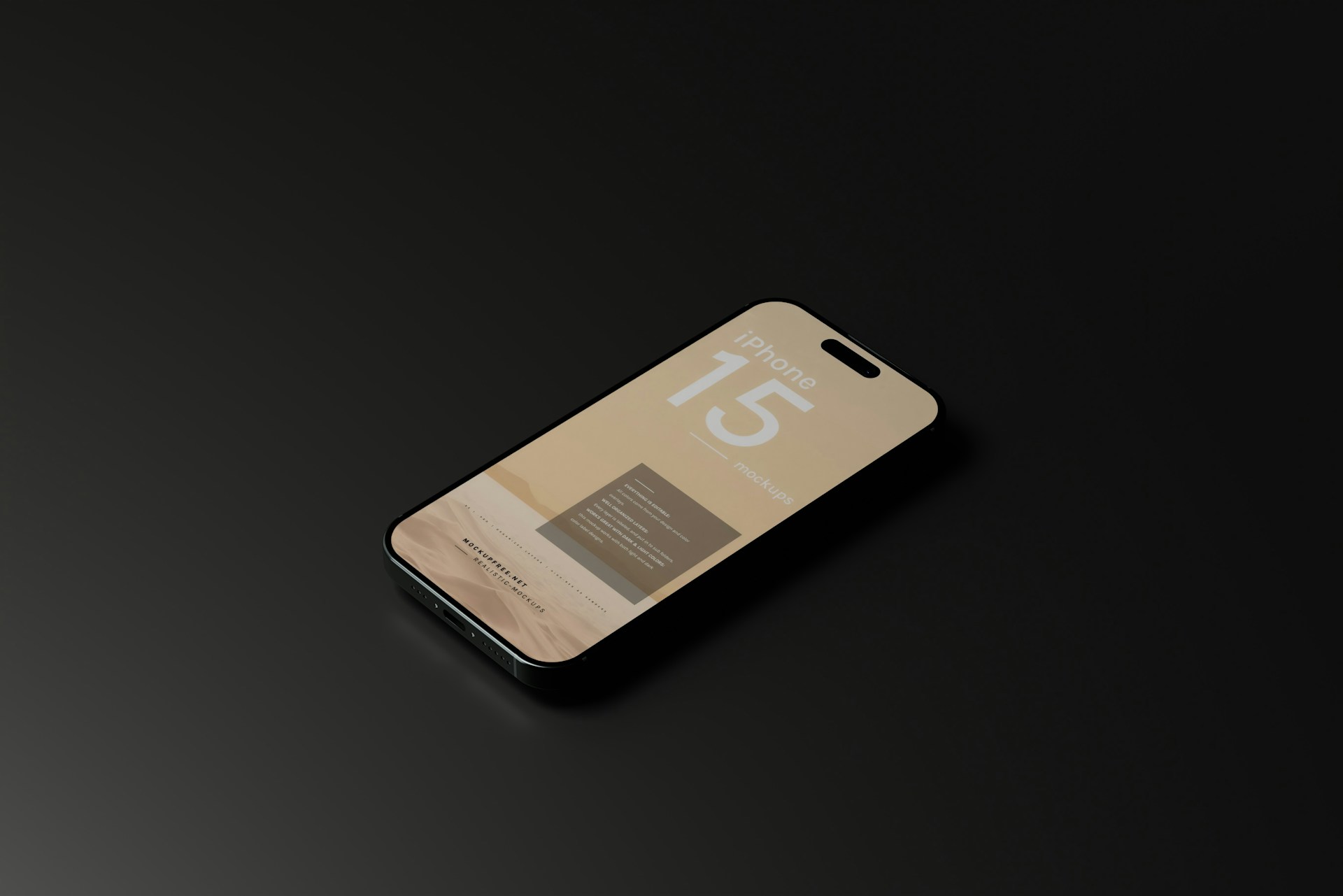Apple’s iPhone 15 series introduces several enhancements over its predecessors, including a new titanium frame for the Pro models, a dynamic island on the standard versions, and a universal shift to USB-C. These devices also come equipped with iOS 17, offering improved performance and enhanced camera features. However, despite the upgrades, the iPhone 15 hasn’t been free from early technical hiccups. Users have reported a range of problems, from overheating to charging difficulties. Here’s an overview of the most frequent issues and suggestions on how to resolve them.
Issue #1: Overheating
Overheating has been a notable concern for many iPhone 15 users, particularly during the initial days after setup. Apple responded promptly with a software update to address some of these concerns, but elevated temperatures still persist for some.
What to do:
-
First, ensure your device is running iOS 17.0.3 or newer, as this update directly targets the overheating problem.
-
If your phone is brand new, some warmth is normal while it completes background processes. However, if it continues for more than two weeks, take action.
-
Disable Location Services by going to Settings > Privacy & Security > Location Services.
-
Turn off Background App Refresh at Settings > General > Background App Refresh. While this can help reduce heat generation, note that some apps may lose functionality.
-
Currently, there is no universal solution for the heating issue. Apple may release further fixes in future updates, so it’s worth keeping your device software up to date.
Issue #2: Charging Problems
Charging inconsistencies are another common frustration. Users report slow charging, unexpected reboots during charging, or even total charging failure. Problems with the Optimised Battery Charging feature have also been noted.
What to do:
-
If your iPhone won’t charge, try a force restart:
-
Quickly press and release the volume up button.
-
Quickly press and release the volume down button.
-
Then, press and hold the side button until the Apple logo appears.
-
-
Mismatched charging bricks and cables are a leading cause. Some users find success with Apple’s official 20W charger and the USB-C to USB-C cable included in the box. Others report needing a USB-A to USB-C cable or third-party accessories. Results vary, so the safest option remains Apple’s own certified products.
-
Avoid using power banks with USB-C ports, as the iPhone 15’s reverse charging capability may conflict with how these power banks operate. Instead, use the USB-A port on your power bank for charging the iPhone.
-
If your phone charges just a little and then stops, it could be due to Optimised Battery Charging. To disable it, go to Settings > Battery > Battery Health and Charging > Charging Optimisation and select None. Leaving it on “Optimised” or “80% Limit” helps prolong battery lifespan but may restrict full charges.
-
Wireless charging remains a viable temporary solution for many users and appears to be unaffected by the problems reported with wired connections.
While the iPhone 15 series showcases Apple’s ongoing push for innovation, early adopters often encounter teething problems. Apple continues to refine the experience through software updates, and most issues discussed here can be resolved with the correct settings or accessories. If problems persist, contacting Apple Support may be the best course of action.
